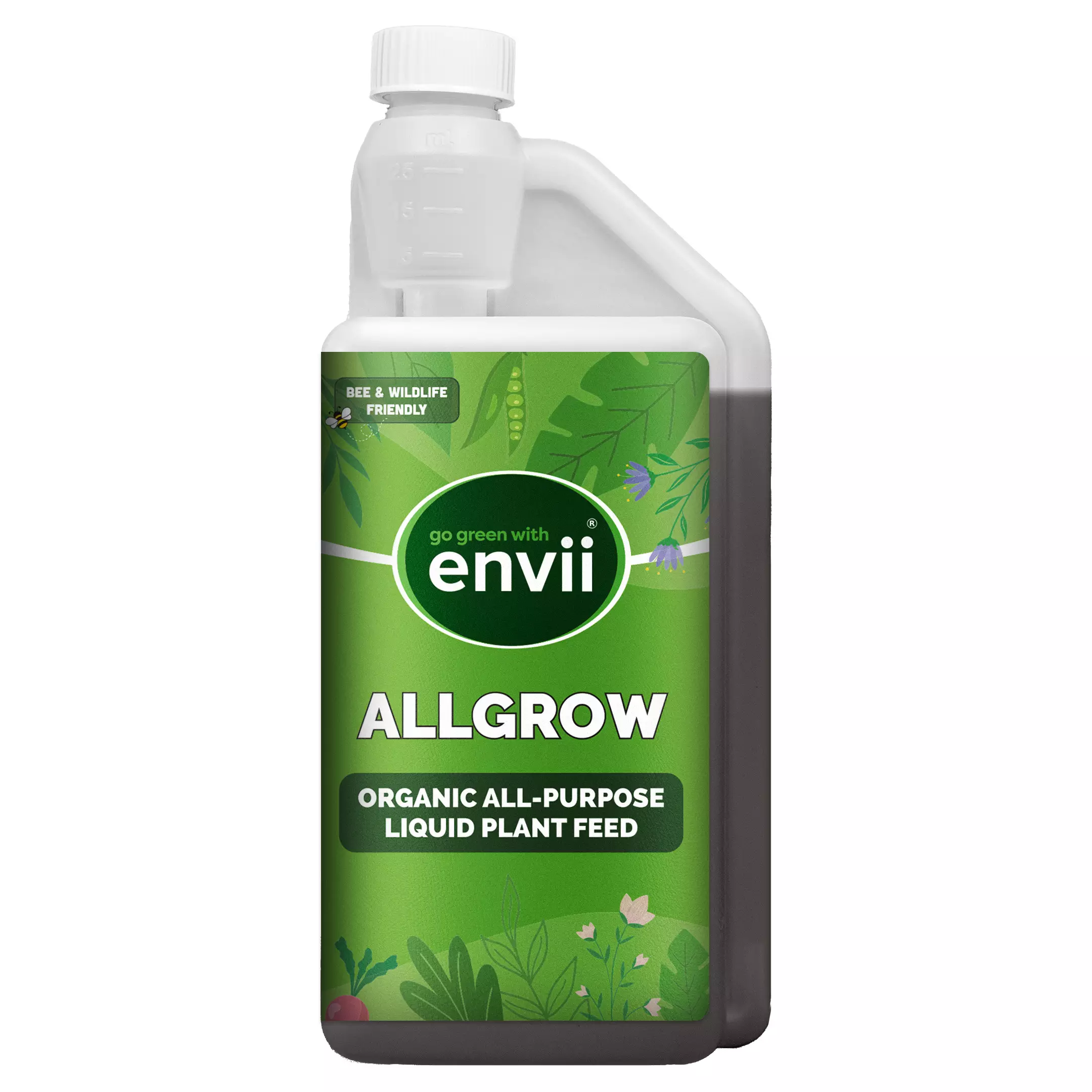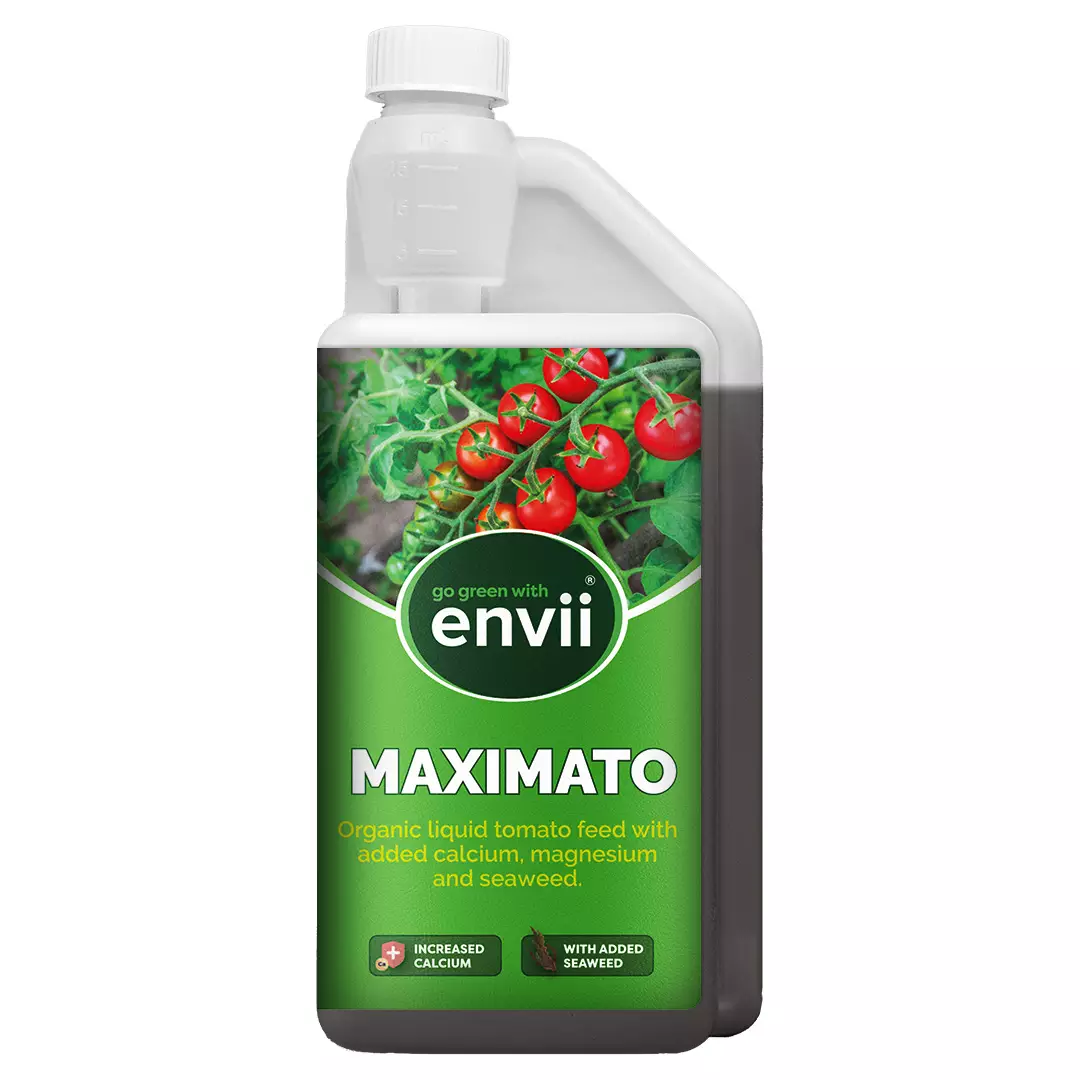Watermelons are a sweet, juicy summer treat that is an excellent addition to many recipes. You can find growing watermelons in many areas, including the UK, and it isn’t as difficult as you think. So why not grow your own?
Sowing
You can sow watermelon seeds directly outdoors or indoors. However, if you are in a cooler climate, we recommend starting them indoors to guarantee germination. Sow seeds in early spring to achieve a crop in late summer.
- 1. Start by filling a modular tray or small pot with potting compost.
- 2. Leave around half an inch of space at the top.
- 3. Place your seed on the compost and cover it with compost until the pot is full.
- 4. Water thoroughly and leave on a windowsill or greenhouse to encourage germination.
- 5. Speed up germination by using a heated propagator.
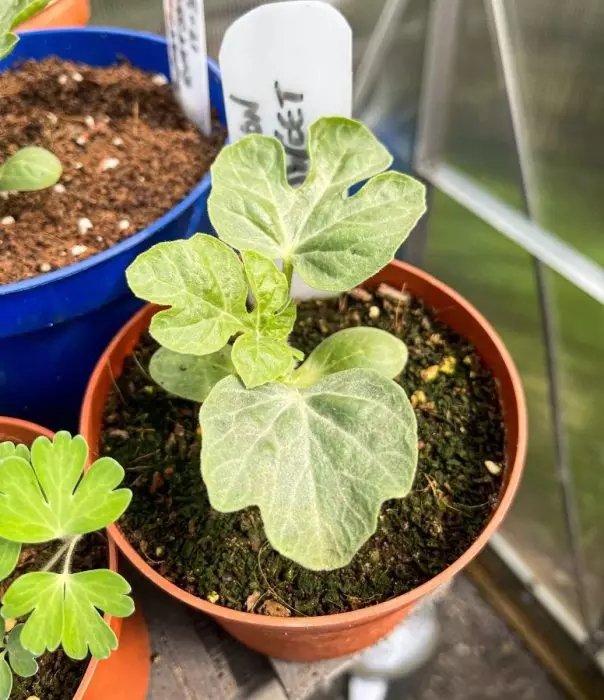
Top Tip: Watermelons will not survive cold weather and frosts, so be patient when planting them. Only plant watermelons into their final location when you are sure there are no more frosts and the temperatures are consistently rising.
Growing Watermelons
Growing watermelons can seem daunting, but as long as they have well-draining soil, plenty of constant sunlight, and regular watering, you should achieve a successful crop.
Deciding where to plant watermelons can be difficult as the vines can grow copious amounts depending on the location. Due to the nature of vines, the plant can become entangled with other plants and disrupt growth. You can avoid this by planting them individually with enough space to spread and grow.
In terms of growing conditions, watermelons prefer loamy soil that drains well. Use a soil conditioner to help create optimal growing conditions. So when watered, the plant can absorb the water it needs and releases the rest. Sunlight is another essential condition for watermelons to help encourage the plant to grow and fruit to ripen.
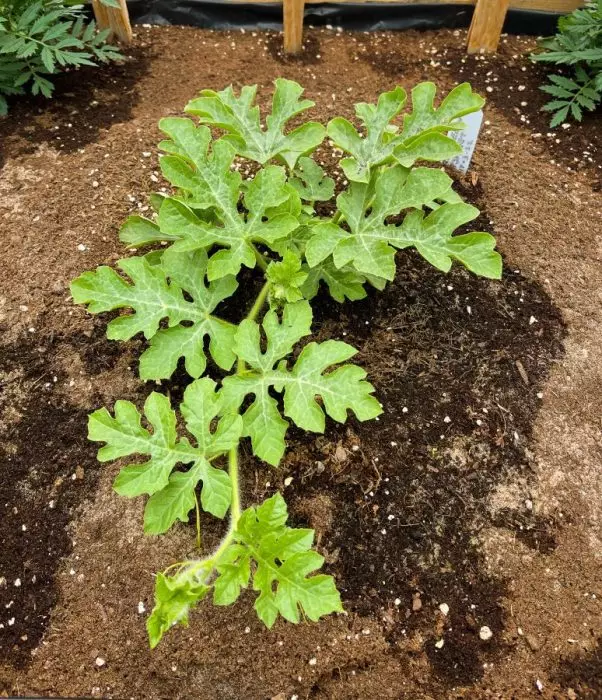
The key to growing juicy watermelons is watering! Watermelons don’t need to be watered every day but ensure to keep the soil moist. Water according to the temperature and whether the plants are being grown indoors or outdoors. Typically the plants need around 1-2 inches of water twice a week.
Watermelons will grow in the UK but require high temperatures to produce and ripen fruit. We recommend growing them in a polytunnel or greenhouse to guarantee crop production and a successful harvest, especially if you are planting a large variety.
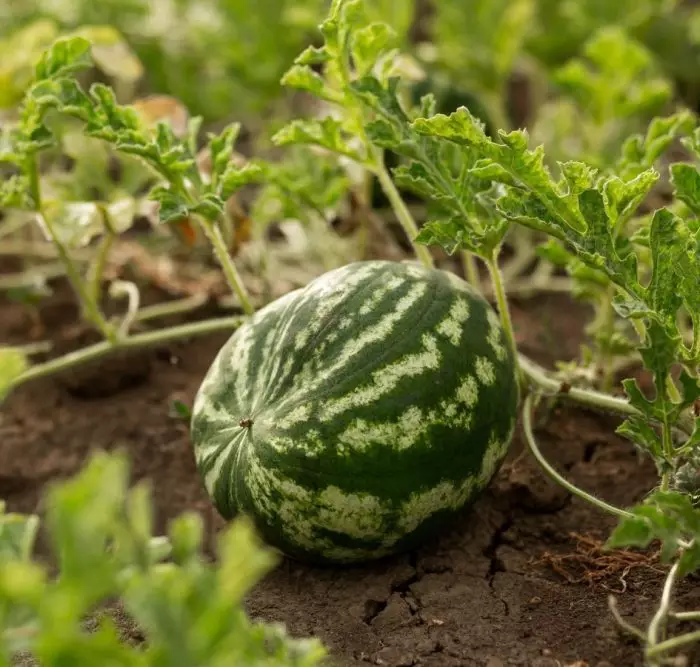
Harvesting
The most challenging part of growing watermelons can be knowing when it is ready to harvest, as you want them to be sweet, juicy, and ready to eat.
A common way to tell fruits are ripe is to check the part of the watermelon that has been resting on the floor. Commonly known as a field spot, this area will turn yellow when the watermelon is ready to harvest.
Another way of telling if the fruit has developed enough to harvest is by monitoring the closest tendril when it turns from green to brown fruit is ripe and ready.
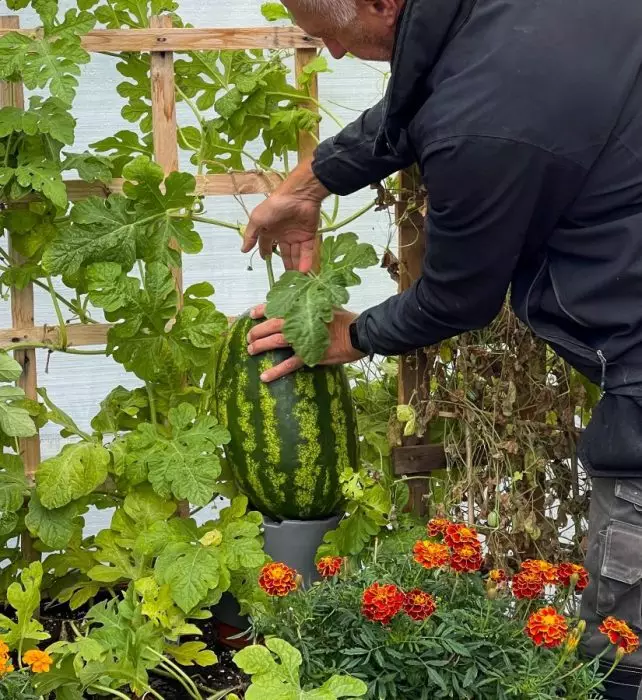
Like squash, you can test the skin of the watermelon using your fingernail. If you press your nail against the watermelon and leave an indent in the skin, it is not ready to harvest. However, if your fingernail doesn’t leave a mark, the skin has toughened enough and is ready to eat.
Varieties
Watermelons come in all shapes and sizes, so picking which variety to grow is challenging. Below we have examples of small, large, and even colourful fruits.
Small Varieties
-Little Darling
-Mini Love
-Sugar Baby
Large varieties
-Black Diamond
-Crimson Sweet
Yellow flesh varieties
-Yellow Doll
-Yellow Baby
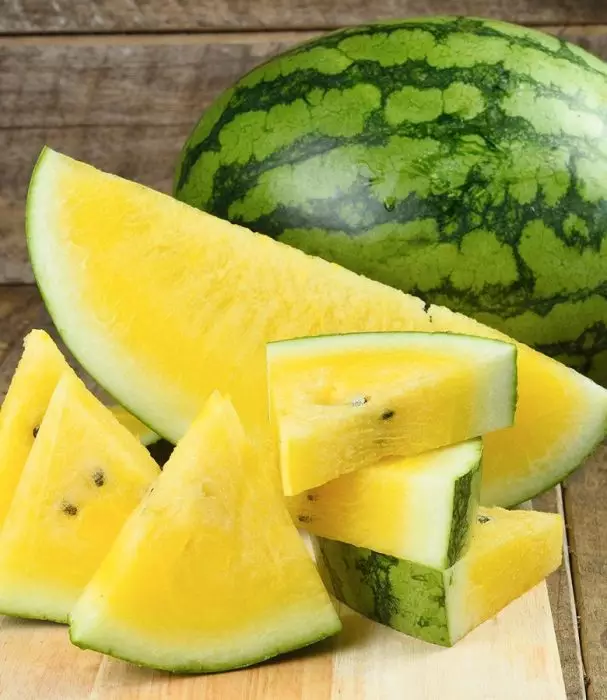
Problems when Growing Watermelons
The most common issue when growing watermelons is the fruit not being sweet and juicy. Lack of flavour can be due to a few problems, but the main one being that the fruits are under or over-ripe. Use the techniques above like consistent watering, to ensure your fruits are ready to harvest.
It is advised not to plant watermelons in an area where cucurbits have been in the past, as this stops disease and pests like cucumber beetles from attacking your plant. Avoid this by keeping a plan of your garden to monitor what grew where.
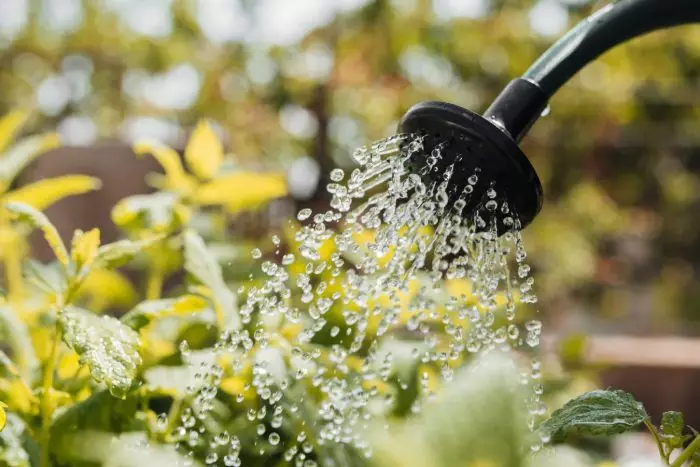
Avoid those high price tags in supermarkets by growing your own watermelons and feel great pride come harvest!
Related Products
-
 New in
New in
Envii Allgrow
£10.99Organic multi purpose plant feed for use on all plantsAdd to Basket -
 New in
New in
Envii Maximato
£10.99Organic liquid tomato plant feed with added seaweed, calcium and magnesiumAdd to Basket

 Call us on 01246 240880
Call us on 01246 240880 Sign-up and receive 10% off
Sign-up and receive 10% off


